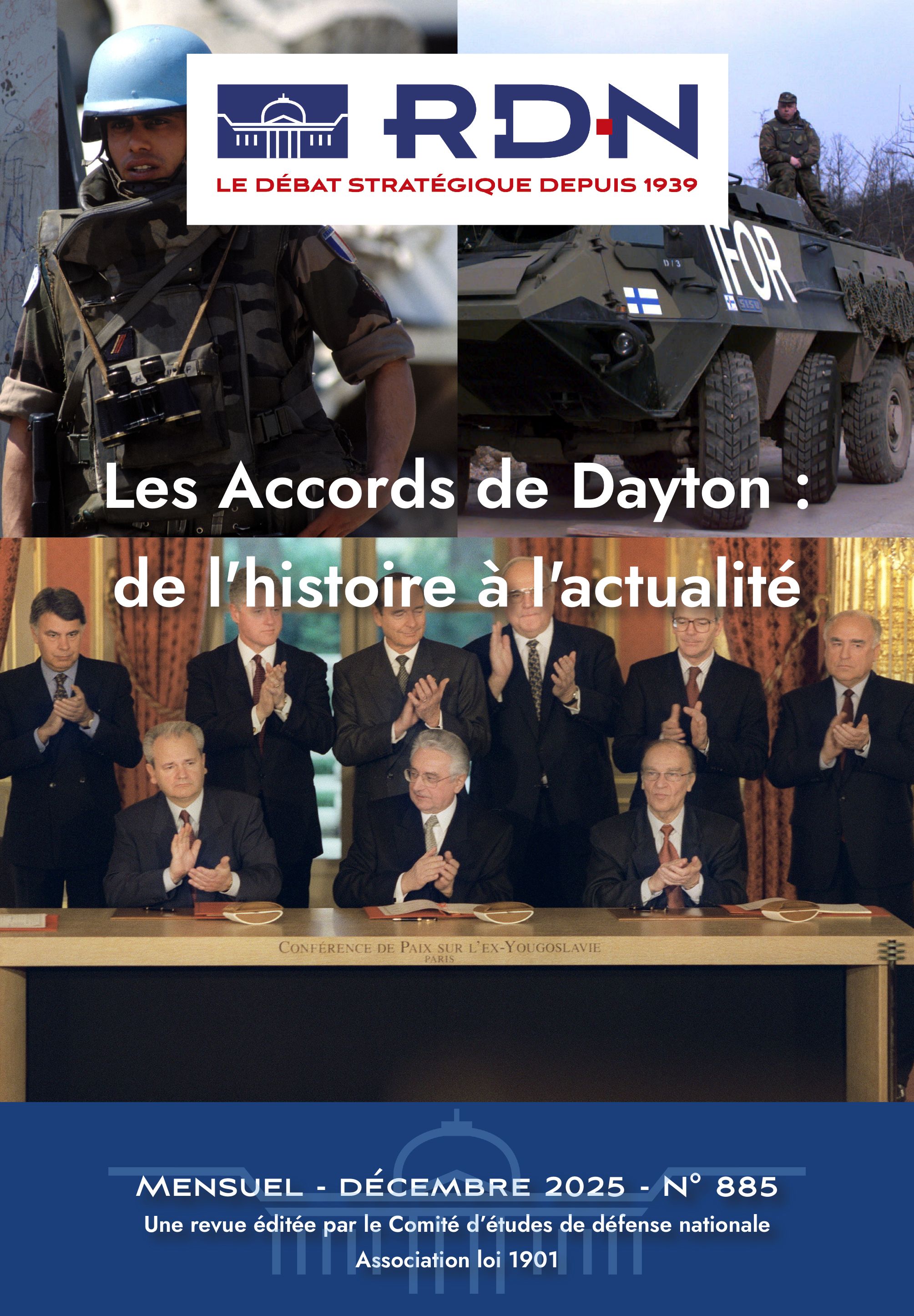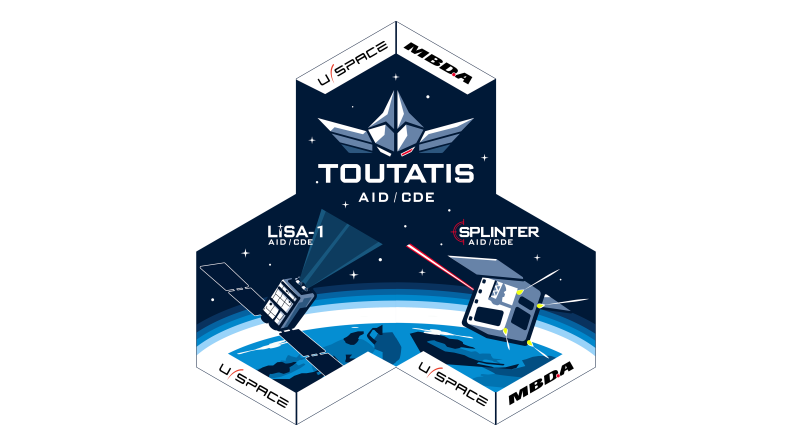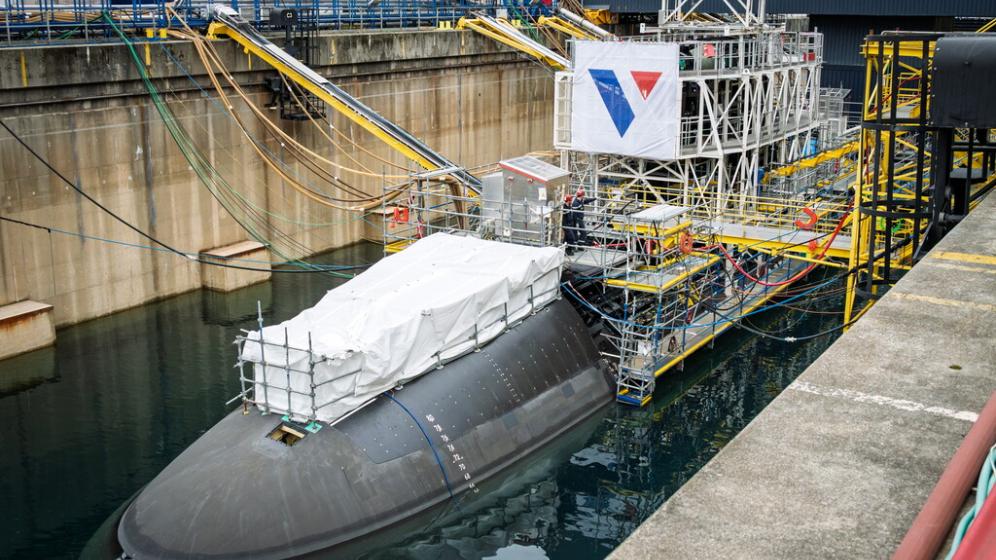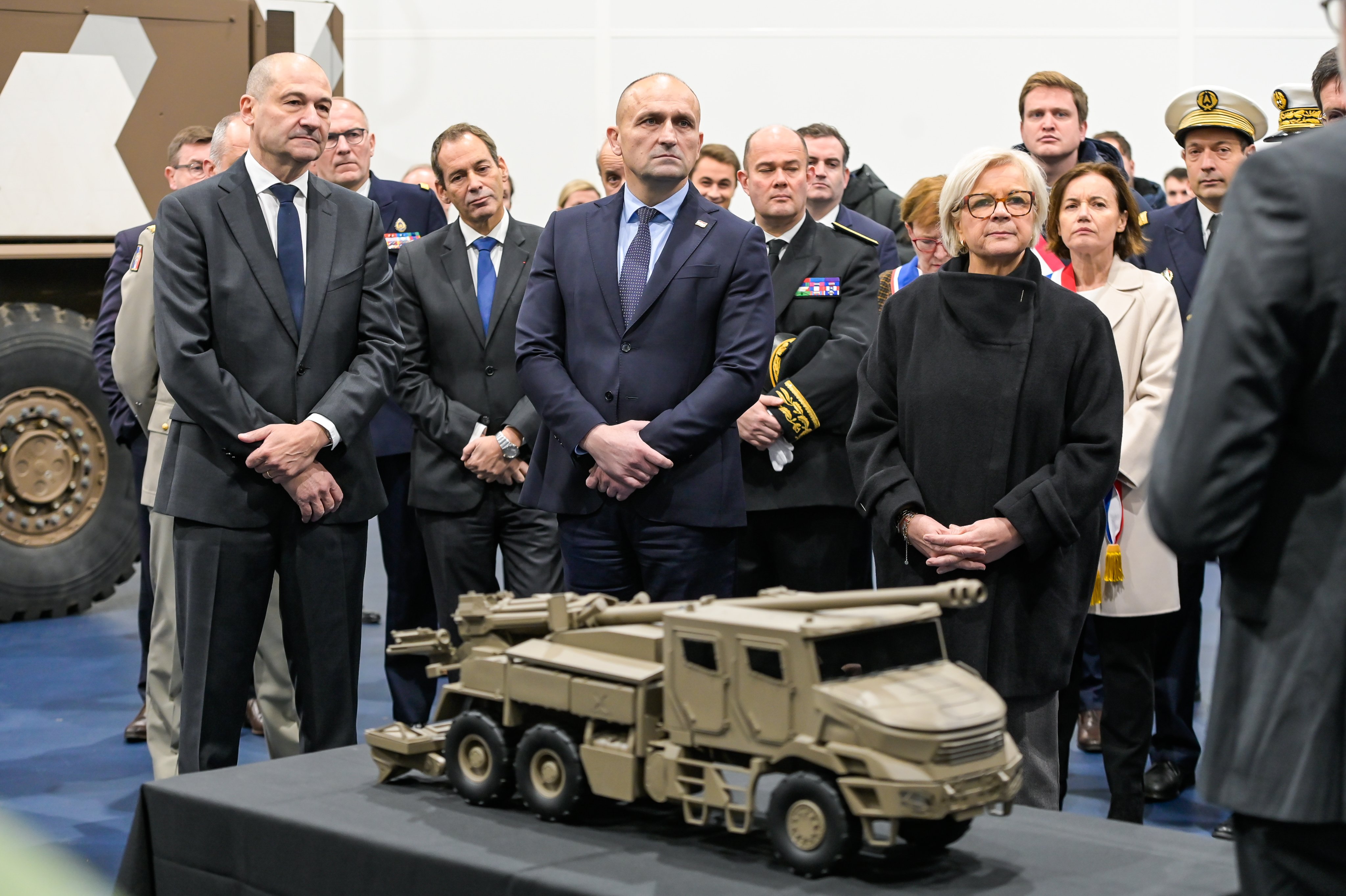The modernisation of the Air Force’s transport aircraft and helicopter fleets is in part necessitated by the greater distances and geographical areas covered by French military commitments and partly by the evolution of missions and the threats faced.
Transport Aircraft and Helicopters at the Centre of Operations: Transformation and Adaptation of Air Force Projection Capabilities
In words attributed to Winston Churchill, war is a transport operation—he who transports best will win. Whether overland as when, in his Russian campaign, Napoleon led over 650,000 men to the gates of Moscow in 1812, at sea as at Midway, where no fewer than seven aircraft carriers went into battle several thousand miles from their home ports in 1942 or by air to resupply and defend Na San, in Indochina, at the end of 1952, possessing the capability to project greater force and power has tipped the balance of many a campaign. Land and sea transport allow large volumes of material and men to be moved, but slowly: projection by air is the fastest method and is able to overcome numerous risks and constraints. This capability now dictates the initial size of any military engagement into a theatre of operation—its reactivity, in large measure, its durability and resilience, too. Projection by air is therefore fundamental for the forces.
Originally, transport aircraft and helicopters were used in the main for force projection missions—for positioning troops and materiel on the ground—and only later became essential elements for power projection. Today they are used to bring firepower by air at all times and to all places in hitherto unexpected ways, even in the most challenging of environments. The Air Force has developed its concepts of use of its projection assets in the face of today’s ever-wider range of commitments regarding mobility and support, and has acquired multi-role equipment. The progressive renewal of these capabilities after 2025 is a major challenge for the French forces in an aggressive strategic environment and at a time of budgetary constraint.
The perpetual swing between force and power
Projection is a highly particular art of war, which remains the prerogative of the great powers. It is essential for offensive warfare, which Clausewitz regarded as far more difficult to conduct than defensive warfare since it requires assets to be transported onto enemy territory far from our rear bases, which in turn stretches out the force considerably. On the other hand, projection arouses uncertainty in the enemy, preventing him from organising and concentrating his forces either for fear of their destruction or because of the risk of not defending the right area.
This capability has two distinct parts: one is the progressive projection of the force, the phase in which troops are deployed and materiel brought forward, the other the projection of power, which leads to concentration of fire or a particular combat action.(1) For projection, the Air Force has been continually innovating to be in a position to deploy the mass and firepower necessary for victory.
The conflict in Indochina was effectively the birthplace of French tactical transport aviation. There, it conducted numerous missions in support of forces under direct enemy fire, including replenishment, parachute drops and immediate redeployment of forces. Following the success in 1952 of the battle of Na San, an outpost based around an airstrip, there was that at Diên Biên Phu. Fully aware of the vital importance of that airborne umbilical cord, General Giap plastered the runway to make it unusable, thus condemning the transport aircraft to perilous air-drop missions under the fire of ground-air artillery hidden in the hills surrounding the hollow in the landscape. Between February and May 1954 over 50 per cent of air missions over the hollow were conducted by transport aircraft, with an average of 50 sorties daily resupplying the remote camp. Despite foul weather, very basic navigation instruments and old, hard to maintain materiel, the Air Force improvised and innovated unceasingly throughout the conflict in order to complete its missions.
At the same time, the helicopter was first used close to combat for casualty evacuation and observation, in particular the Hiller 360 in 1950. The see-saw between projection of force and of power first appeared for the helicopter in Algeria. By the end of the conflict, more than 350 helicopters had been engaged in all types of mission—transport, observation, airborne command post—and the first Mammouth armed helicopters had been seen.
Because of their extent, ruggedness of conditions and the level of engagement, operations in both Indochina and Algeria became the birthplaces of robust and multi-role projection assets that could land on basic landing strips. Of these assets, the Air Force ordered 208 Noratlas, which was the pioneer of tactical air transport with its high wings and rear-opening hold.
The nineteen seventies and eighties were the years of the Franco-German Transall C-160. Twice the weight of the Noratlas, it could carry twice the payload twice as far and yet could still land on rudimentary clay airstrips. It shone especially in the operation on Kolwezi in 1978 and in its use as an airborne command post in Operation Lamentin in Mauritania against the Polisario Front.
After that period, the range of modes of action developed by the transport and helicopter fleets of the Air Force was fully mature, covering action in depth, casualty evacuation, material drop, in-flight refuelling for the Transall and self defence, among others. But the changing geostrategic context altered the stakes. The first Gulf War was a turning point for the Air Force’s transport and helicopter fleets, which had to adapt if France were to keep its rank as a framework nation and its capability for first entry.
For one thing, it highlighted the lack of strategic projection: the ruggedness of the Transall was adapted to tactical missions but its radius of action and carrying capacity had become insufficient to support major, long-distance deployments. This situation imposed a resort to chartering civil craft and to turning to our allies for support.
For another, helicopter Combat Search and Rescue (CSAR) became a completely separate mission during Operation Daguet. Account being taken of the size of the friendly air force and of the adverse ground-air defences, every CSAR mission must be coordinated with fighter-bombers to ensure its protection—and in a very short timescale, too. The Air Force experimented with this mission using two Pumas stripped of much equipment, which in January 1991 recovered a downed US Navy pilot from Kuwaiti territory. It marked a turning point in the ways of planning and conducting this mission, which requires specialised materiel and aircrews to act in depth over enemy territory in coordination with fighter and bomber aviation. This gave birth to the Caracal, a helicopter derived from the CSAR-dedicated Cougar and converted for the power projection mission. It is an armoured helicopter with side-looking weapon and self-protection facilities, and is able to refuel in flight. It is adapted to operation in hostile territory, able to carry a commando and with its modernised avionics and Forward-Looking Infra-red Radar (FLIR) its ability to operate at night means it has also been adopted for special operations.
Counter-insurrection and anti-terrorism conflicts became more general over the following decade, which again changed the types of mission in theatres of operation. It became necessary to be able to act reactively, in isolation and wherever needed as is the case for special operations, and also in direct support of ground units, notably with the Transall’s integrated C3ISTAR observation and coordination capabilities. These conflicts also had the peculiarity of occurring more often in urban or suburban environments, which require robust helicopter operational capabilities to limit the time spent under enemy fire and avoid recurrence of dramatic situations like that in Somalia in 1993. The Caracal is entirely adapted to these missions.
With regard to the vehicles to be transported, anti-guerrilla modifications and reinforcement of armour all add weight. The VAB troop transporter, which as built weighed 12 tons, now weighs over 17 tons in some configurations and can no longer be carried by the Transall. Its successor, the Griffon, will weigh 20 tons empty. This has a major impact upon air transport and justifies the dimensions and performance of the A400M Atlas.
The past 70 years have therefore seen development in projection missions for military transport and helicopters: they are now more exposed and closer to combat, and combine the roles of force projection, observation, coordination of action on and onto the ground, communications relays and power projection action with ever-increasing requirements of range and robustness. This increase in importance and the multi-role capability of transport craft and helicopters is now necessary to cover a range of operations that continues to broaden.
In a disputed air environment
Combat…
The improving strength of powerful states and the better equipment of certain non-state groups are leading to an increasingly disputed air environment, which threatens the use of air power. Adapting our assets to this new state of affairs is therefore essential to guarantee our ability to carry out our projection missions and necessitates three main capabilities: endurance, connectivity and reactivity.
Endurance means avoiding threats, remaining longer in an area and penetrating deeper into enemy territory. Connectivity is needed for coordination of dedicated protection assets and sharing of the general tactical picture via data links (currently Link 16), and also to be able to operate in an environment in which satellite navigation might be jammed (the Navwar scenario). Lastly, reactivity sets the speed at which a situation that could turn unfavourable can be stabilised by, say, controlling the escalation of a conflict, pinning down an enemy or resupplying ammunition.
The A400M Atlas has all the qualities needed to provide these three capabilities. The technological leap from the Transall is comparable to that from the Jaguar to the Rafale. The A400M can carry double the payload of its predecessor in a quarter of the time and yet retains the ability to land on rough ground. With its four metre-wide hold, it can transport all in-service types of helicopter as well as the newest ground equipment directly from France to operational theatres.
The A400M can be integrated perfectly into complex missions even, in disputed airspace. Its exceptionally robust flight controls and advance terrain mapping facility allow it to fly with great agility just 150 feet above the ground and below the radar horizon; its powerful turboprop engines mean it can also fly at high altitude, out of range of the majority of ground-air systems and at speeds that ease its integration with escorts. Its fuel capacity gives it long range but also means it can refuel combat aircraft in-theatre if required.
Its secure communications fit, tactical and satellite data links and the navigation system of the A400M now mean aircrews are able to conduct missions in the Levant in complete safety by day and night (using night vision goggles and FLIR) while being perfectly integrated into allied operations. Developments in avionics now underway will allow secure transmission of data via military satellite links and also for the aircraft to perform autonomous approach, without support from the ground, even in an environment with heavy jamming.
Lastly, its reach, coupled with its centralised mission preparation system allows planning and conduct of a tactical mission, which might involve departure from its base in Orleans for a five-hour logistic round trip to land a 20-ton load at the heart of the Sahara-Sahel region. This new aircraft therefore means major airlift operations can be conducted directly from France while remaining in constant contact with the command and control centre via satellite link, which is in contrast with an operation on Timbuktu in 2013, where it was necessary to gather together a mixed fleet of C-160 and C-130 operating out of Abidjan, to communicate on HF and this, without any overall air picture. The aircraft has exceptional potential and will soon be committed to Special Forces work. In the longer term, the Air Force envisages using it to conduct firing actions using dedicated on-board armament and its intelligence-gathering equipment, after transfer of the special air forces’ C3ISR capability from the Transalls.
…and rescue(2)
At the other extreme of the range of operations, we need to be saviours in the sky, as it were, at all times and in all places. The ability to operate rapidly over great distances in time of peace, during a catastrophe, a crisis or in conflict contributes unquestionably to the resilience of the state.
In time of peace, aircraft and helicopter projection assets can maintain governmental alert states and also protect the population, major events and sensitive sites by their permanent operational and search and rescue (SAR) missions. For them, the three key elements of endurance, connectivity and reactivity are just as important. Endurance means that the periods of in-flight surveillance of sites or events can be lengthened. Connected helicopters can anticipate the arrival of civil air traffic, identify individual planes and coordinate interception and interrogation. Reactivity is intimately linked to the speed that is needed to intercept then constrain airborne threats or offenders at a safe distance from the sites to be protected. These missions are essential to the maintenance of sovereignty vis-à-vis airborne craft operating at lower speed than combat aircraft, and thus they can maintain a high level of security over sensitive or strategic installations, such as the space centre in French Guiana.
In overseas territories where there are few civil protection assets, the CASA CN-235 can land easily, including on remote atolls. This very agile light cargo plane, with its low operating cost contributes to missions of presence, land and maritime surveillance and maritime counter-terrorism. The addition of an optronics ball has become essential to these multi-role missions.
France has around 1.5 million expatriates, of which a third are in potential crisis areas that demand assets capable of intervening rapidly, whatever the conditions. Events over the past few years were a reminder that we had to be able to intervene in just a few hours to protect our citizens. In February 2008, when the town of N’Djamena was under fire, rotations of C-160 ensured the evacuation of hundreds of French people to Gabon. More recently, following the damage wreaked in September 2017 by hurricane Irma on the islands of Saint Martin and Saint Barthelemy, France mobilised its projection assets (Air Force A400M, CASA and Puma) to evacuate victims and transport freight: in all some 3,000 people were evacuated to mainland France and 100 tonnes of freight were delivered to the area.
These projection assets can also cover casualty evacuations. Being closest to the combat, the helicopters are able to evacuate the wounded rapidly to a basic landing site or to a medicalised version of the CASA, where medical teams would take over to transport them to a more appropriate structure. Depending on the state and number of wounded, a medicalised Falcon or an A330 MRTT outfitted with a Reanimation module for long-range patient evacuation (Module de réanimation pour patient à haute élongation d’évacuation—MORPHÉE) would repatriate them to mainland France within 24 hours. In the longer term, there could be real-time transmission of the wounded patients’ vital signs, which would improve their medical transfer from the moment of landing.
Future programmes and projects
To maintain its capabilities for force and power projection in the face of future threats, the Air Force is studying what will need to change in its fleets, notably in terms of action in depth in high-intensity environments, of networking and of heavier arming of its platforms.
For helicopters, the next standard of the Caracal will concentrate on the protection and self-defence aspect. For tactical superiority over a zone, the plot helicopter has to be escorted by another asset with equivalent reach and heavy firepower. The armament of the Caracal is therefore an essential complement to combat aircraft for the conduct of special action in depth. The projected Caracal Mammouth will be fitted with axial armament that would answer this need. In the longer term, replacement of the Caracal fleet is expected around 2035 as part of a joint programme. This new-generation helicopter will continue to have capabilities for in-flight refuelling, protection self-defence so that it retains the reach needed for missions deep into the enemy’s layout.
The Joint light helicopter (Hélicoptère interarmées léger—HIL) will replace the Air Force’s current Fennec fleet around 2030. It is intended for air security missions, SAR, fire support and intelligence and will benefit from major advances in endurance, connectivity and reactivity. Its in-depth capabilities are essential and have to be coherent with those of other aircraft types, which is why the HIL will be equipped for in-flight refuelling, with ad hoc data links and axial armament.
In arming transport aircraft, advantage is going to be taken of the endurance and payload offered by the A400M. It will probably need to be able to launch swarms of drones, and offer new modes of offensive action or observation.
* * *
Military air transport is particularly dynamic in its search for new concepts and will in the future be more and more capable of opening up strategic space(3) as a function of its central role servicing all types of mission in operational theatres. Current and future materiel brought in to service, along with various projects now in their study phase, are opening up a new era with regard to our airborne force and power projection capabilities, among which are the mid-life renovation of the Caracal, A400M developments and the capacity boost that the future HIL will bring. Yet it is not just a question of machines: it is the skills of our men and women that enable us to conduct missions in times of peace as well as of war. The new dynamism of modernisation and operational commitment also means that we will be able to retain these talents. In the spirit of Clausewitz, to reach great goals we must dare to do great things. ♦
(1) Brustlein Corentin, Vers la fin de la projection de forces ? La menace du déni d’accès, Focus stratégique No 20, Ifri, April 2010, p. 11 (www.ifri.org/fr/).
(2) This reflects Colonel Brunet’s adage (Combattre et sauver—he started the use of armed helicopters during the Algerian war), which has become the motto of the Air support and projection brigade (Brigade aérienne d’appui et de projection—BAAP) of the Air forces command (Commandement des forces aériennes—CFA).
(3) Margeride Jean-Baptiste, La dilatation de l’espace stratégique par le transport aérien, Stratégie No 59, 1995-3 (www.institut-strategie.fr/).







